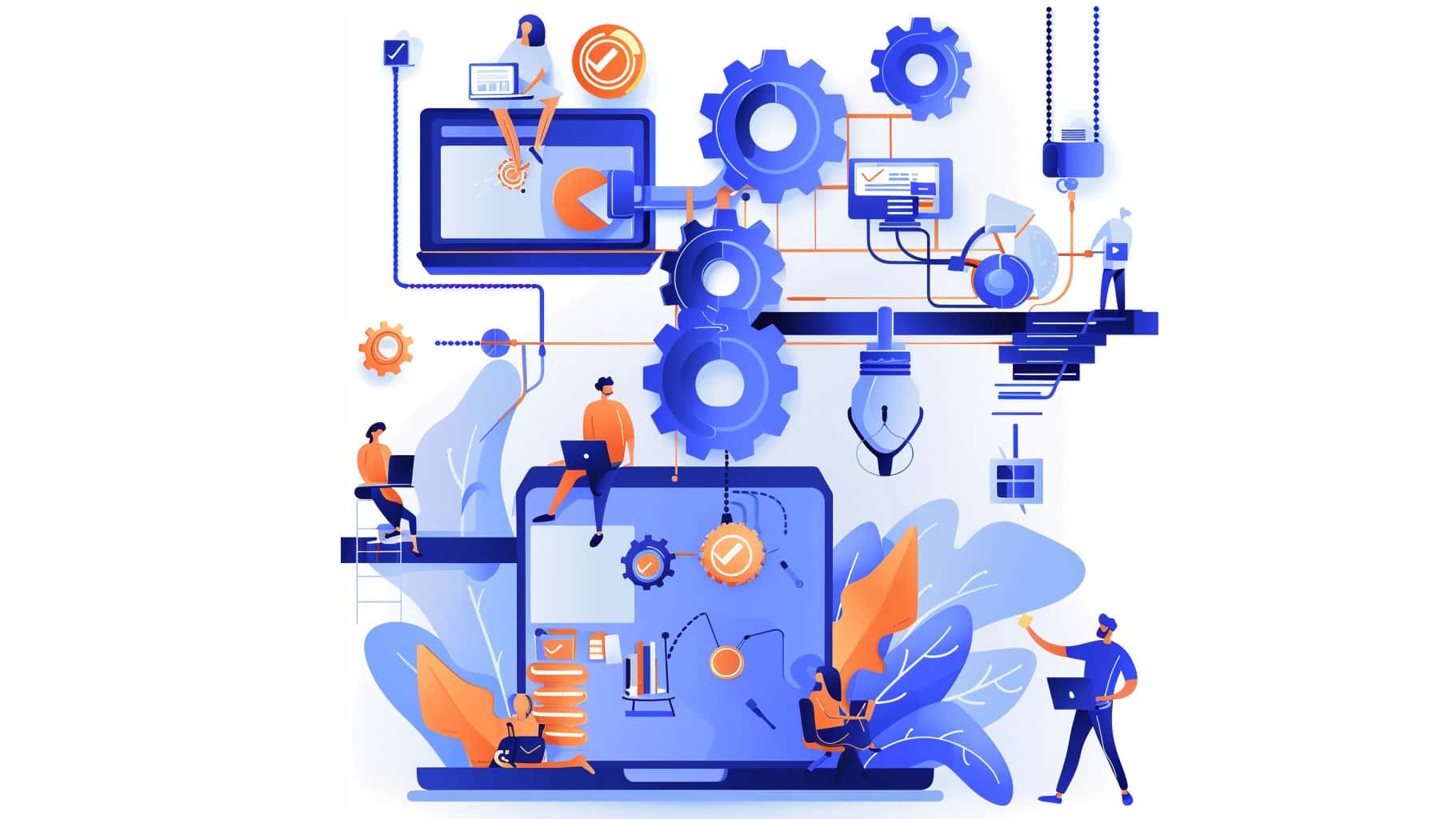How can you prevent cost overruns in your custom development project?
Discover the 8 causes that can impact the costs of your software development project.

Are you contemplating the integration of a customized application to elevate your business’s performance? As you embark on the journey of selecting potential partners to bring your vision to fruition, it’s paramount to grasp the intricate software development risks associated with the scope of your project.
As with any project in the quoting process, it is quite normal to base the tender on the overall scope of the application (features included). It is good practice to set the overall scope of a project as the means which, technically, guarantees on paper the delivery of a product within the agreed budget. When talking about the overall scope of an application project, this defines all the future features to be included in the application.
BEWARE!
While it’s customary to establish the scope of an application project upfront, this approach can unveil unforeseen challenges. The landscape of software development is inherently labyrinthine and unpredictable, rendering it arduous to meticulously plan and anticipate every requisite.
As a technological partner, it is our duty to raise awareness on the issues and to set the overall scope of your investment.
This trend, of fixing the global scope of a development project, is an integral part of a project which is managed in a cascade (waterfall). This method involves the development of an application by designing a comprehensive functional analysis, which requires identifying all the needs and specifications of the project in the estimate before writing a single line of code. This method does not allow for error and increases the level of the risk considerably.

Discover the 8 causes that can impact the costs of your software development project.


One of the primary risks inherent in fixing the scope lies in its constraint on the evolution of your investment. Throughout the development phase, businesses often unearth new functionalities crucial for the product’s success. However, with a fixed scope, incorporating these novel features may incur additional costs and delays, impeding the project’s adaptability to evolving needs.

Projects constrained by fixed scope and managed under the waterfall method can engender dissatisfaction with the delivered product. Prolonged development cycles and limited flexibility can culminate in delays, yielding a final product that falls short of the client’s expectations. This disjunction between anticipated and actual outcomes can undermine satisfaction with the end result

The endeavor to establish a fixed budget for software development is inherently fraught with challenges, as detailed in our article discussing the six causes of software development cost overruns. Unforeseen requirements, dependencies on external services, and evolving business needs can all contribute to budget overruns. Without the latitude to recalibrate the scope as necessary, adhering to the budget becomes increasingly precarious.
To mitigate these risks, businesses are increasingly gravitating towards Agile methodology and the concept of Minimum Viable Product (MVP). Agile development facilitates iterative, adaptive approaches to software development, offering greater flexibility and responsiveness to dynamic requirements.
Advantages of Agile:
Software development is indeed a complex and challenging journey, where the potential for errors looms large. Lear more about the 9 most critical mistakes that can hinder progress, leading to delays, inflated costs, or compromised quality, such as ;
In the realm of software development, rigidly defined scopes can precipitate significant risks to project success. By embracing Agile methodology and prioritizing adaptability over rigid planning, businesses can navigate these risks more adeptly and achieve heightened success in their technological endeavors.
Subscribe to receive our exclusive updates directly to your email.

Tell us more about your needs so that we can better route your project to our specific SWAT team.
1
During the brainstorming phase, we work with you to identify potential solutions to your business challenges to generate the technology response that aligns with your business objectives.
2
Through our requirements gathering process, we work closely with you to define and prioritize your needs, ensuring that our solutions are tailored to meet your specific requirements.
3
This phase marks the beginning of our partnership. We’ll finalize the project plan and establish clear communication channels to ensure a smooth and successful project execution.